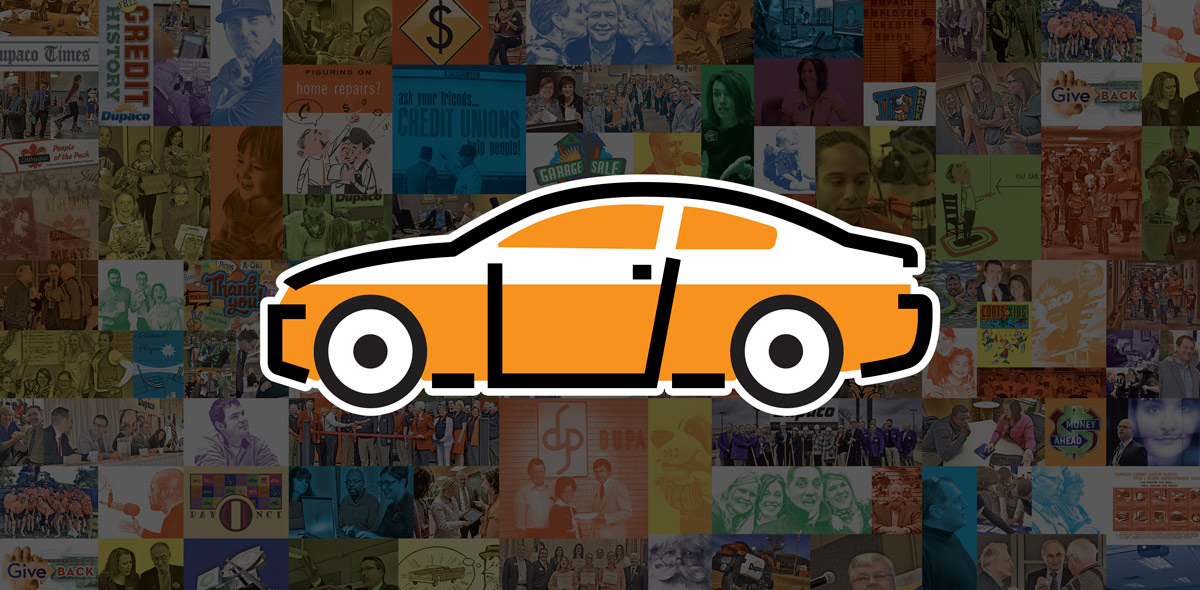
What curbstoning is—and how to protect yourself from it
Auto dealers are expected to sell cars that meet certain consumer protection criteria.
This might include providing a warranty that will cover the buyer’s costs if a car turns out to be a lemon.
Unfortunately, some unethical dealers might attempt to bypass these laws by curbstoning.
What is curbstoning?
Curbstoning is when a dealer poses as a private seller to sell a car. By curbstoning, an unethical dealer can avoid complying with the regulations that apply to dealers.
To a buyer, this might mean buying a car that has a salvaged title (a car that’s been declared a total loss by an insurance company). It might also mean unknowingly buying a car that has been in a flood and suffered severe water damage.
The term curbstoning comes from the way these transactions typically occur. When a dealer tries to pose as a private seller, they often sell cars from the curb or a parking lot, just as an individual would.
A curbstoner often gets away with scamming buyers because he or she sells the vehicle and then disappears. With no office or contact information, a buyer can end up with a lot of headaches.
Experts say curbstoners orchestrate up to 80% of used cars sold through online classified ads.
Protect yourself from curbstoning
Follow these tips to protect yourself when buying a car:
|1| Type in the seller’s phone number
If you find the listing on Craigslist or in an online classified ad, search online for the phone number to see if it is linked to other car ads. If the seller is selling multiple cars, that’s a red flag. You’ll know that this is not the seller’s private car, which might indicate that they are an illegal curbstoner.
|2| Just ask about “the car”
Don’t say too much—be purposefully vague and just ask “about the car” without giving any details. If the seller responds with “Which car?” you’ll know that he or she listed multiple cars for sale.
|3| Get an inspection and a written repair estimate
Have the car inspected by a mechanic before you buy it. If you don’t have a mechanic, Google and Yelp are good places to read reviews of local shops.
It’s a smart investment. A pre-purchase inspection costs about $100 and can alert you to problems you might not find yourself.
|4| Get a vehicle history report
AutoCheck and CARFAX are the two best-known sources for vehicle history reports.
These reports can reveal vital information about the car, including whether the odometer has been rolled back or if it has a salvage title.
Use the car’s vehicle identification number (VIN) to get this information.
|5| Transfer the warranty
See if any manufacturer’s warranty is left on the car that could transfer to you.
A used car that’s only a couple of years old or has low mileage might still be covered.
|6| Ask to see the driver’s license and title
You should always ask to see the seller’s driver’s license to see if it matches the name and address on the car’s title.
If the person’s name on the title is different from the name of the person selling it to you, that’s another red flag.
|7| Be wary of fictitious friends and family
Unlicensed dealers often use family and friends as part of their sales pitch.
They might pretend that it’s their friend’s car, their mother’s car or “my Uncle Dave’s car.” If the seller tells you that he is selling it for his aunt, uncle or cousin, it’s likely not true.
|8| File a complaint
If something does go wrong, file a complaint with your local office of consumer affairs, the Motor Vehicle Administration or state department of motor vehicles, and the state Attorney General’s Office.


